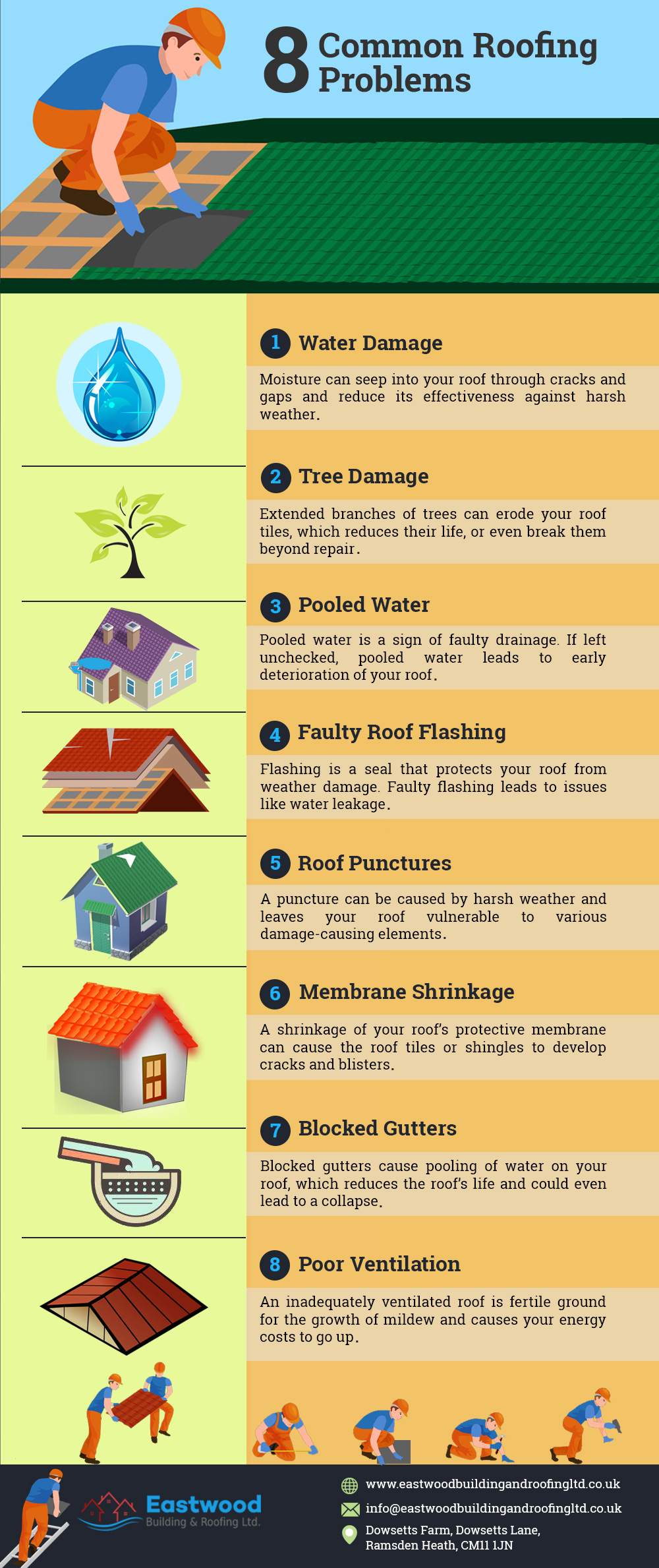Wondering Exactly How To Master Roof Evaluations And Prevent Unnecessary Costs?
Wondering Exactly How To Master Roof Evaluations And Prevent Unnecessary Costs?
Blog Article
Content Writer-Cooney Brooks
To ensure your roof covering stays in leading problem, expert pointers for a thorough examination can make all the distinction. By mastering the art of taking a look at vital locations and detecting usual warnings, you could potentially conserve yourself from costly repair services down the line. So, are you ready to take the initial step in protecting your home and boosting your roofing system's long life?
Roofing Inspection Preparation
Plan for your roof covering inspection by gathering necessary devices and security devices. Beginning by guaranteeing you have a tough ladder that gets to the roofing securely. Furthermore, get a pair of long lasting work handwear covers to safeguard your hands from any type of sharp edges or debris. A reliable flashlight will also be available in handy, particularly if you're inspecting the roof covering in dark illumination problems.
Next off, collect a caulking gun and roof sealer to address any kind of minor leakages or problems you might come across during the examination. A tape measure will help you accurately examine the measurements of any trouble areas. Do not forget to bring a notepad and pen to write down notes or strategize representations if needed.
Lastly, focus on safety and security by putting on non-slip footwear to stop crashes while getting on the roof. Think about making use of a safety belt or ropes for included defense, especially on steep roof coverings.
Trick Locations to Analyze
Examine the roof covering's crucial locations thoroughly to make sure a thorough assessment of its condition. Begin by checking out the tiles or roofing material. Try to find any kind of indications of damages such as cracks, missing items, or crinkling edges.
Check the flashing around smokeshafts, vents, and skylights for any corrosion or voids that can bring about leakages. Inspect the seamless gutters for debris buildup and guarantee they're firmly attached to the roof covering. Pay attention to the roof valleys where water runoff is focused, as these locations are much more susceptible to leakages.
Next off, examine the soffits and fascia for any signs of rot or damage, as these components are vital for correct air flow and protection versus dampness. Check the attic room for any indications of water damage, such as spots or mold development, which might indicate a dripping roofing system.
Lastly, examine the seals around vent pipelines and other roof penetrations to ensure they're intact and water tight. By thoroughly checking out these key areas, you can recognize any type of potential problems and address them immediately to maintain the stability of your roof.
Common Roof Red Flags
Keep an eye out for typical roof red flags that could show prospective issues with your roof's condition. Missing out on or harmed tiles are a clear sign that your roofing system may be jeopardized. Try to find curling, bending, or blistering roof shingles also, as these can point to weathering or poor installment.
Water spots on your ceiling or walls are a red flag for a leaking roofing system that requires instant interest. Look for signs of moss or algae development, as these can indicate trapped wetness, which may lead to rot. If window installers near me notice granules from asphalt shingles in your seamless gutters, it might imply your roof covering is nearing completion of its life-span.
Sagging areas on your roof covering recommend structural damages and should be addressed promptly. Last but not least, daylight coming through the roof covering boards in your attic room signifies a requirement for roof fixings. Watching out for these typical red flags can assist you catch roof covering concerns early and prevent pricey damages.
Conclusion
Finally, performing normal roof evaluations is vital for recognizing and resolving issues before they rise. By using the right devices and safety equipment, concentrating on vital locations, and being on the lookout for typical warnings, you can make certain the long life and stability of your roof.
Remember, https://www.forbes.com/advisor/home-improvement/types-of-roofing/ and prompt repairs can save you time and money in the long run. Stay proactive and maintain your roof in top problem.
